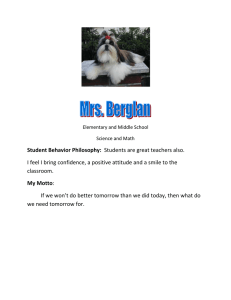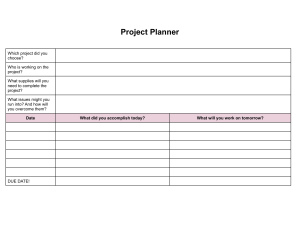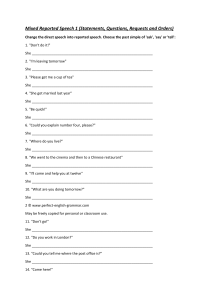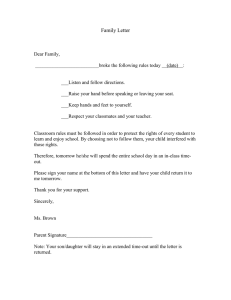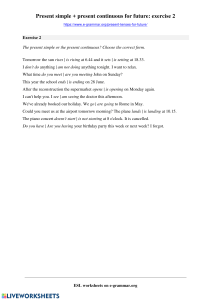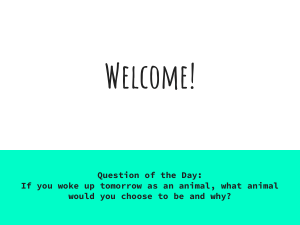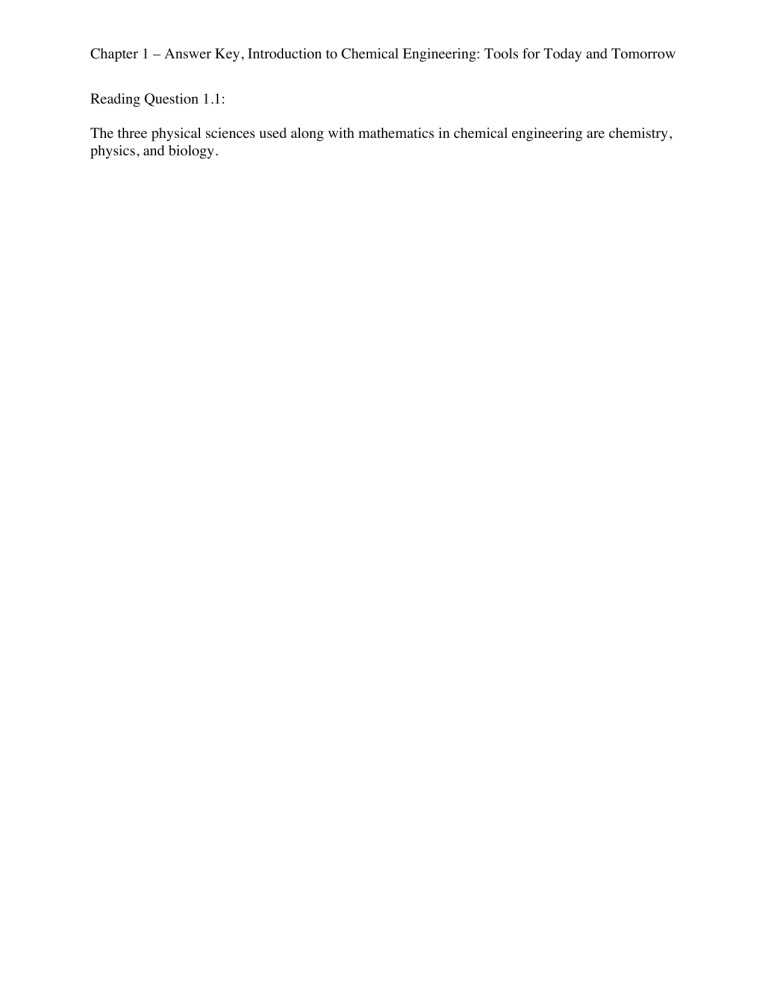
Chapter 1 – Answer Key, Introduction to Chemical Engineering: Tools for Today and Tomorrow Reading Question 1.1: The three physical sciences used along with mathematics in chemical engineering are chemistry, physics, and biology. Chapter 1 – Answer Key, Introduction to Chemical Engineering: Tools for Today and Tomorrow Reading Question 1.3: The seven kinds of fundamental topics which chemical must learn about are: 1) Fluid Mechanics, 2) Heat Transfer, 3) Mass Transfer, 4) Reaction Engineering, 5) Process Control, 6) Materials and Corrosion, and 7) Economics. Chapter 1 – Answer Key, Introduction to Chemical Engineering: Tools for Today and Tomorrow Reading Question 1.4: Beginning with an idea, the Process Development Research Group would develop the chemical process(es) needed to make that idea come to pass. Initial work would be on the laboratory scale and would eventually progress to the building of a pilot plant to provide the data and experience necessary for design and construction of the full-scale production plant. The Plant Design and Construction Group would have responsibility for designing and building the production plant. This group may also be involved in construction of the pilot plant. Environmental Engineering would play a role in the design process, and continue to play a role once production begins to insure that environmental regulations are not violated. Process Engineering would have primary responsibility for start-up and operation of the production plant. Individuals in Technical Chemical Sales would interact with customers to promote sales and use of the product. Chapter 1 – Answer Key, Introduction to Chemical Engineering: Tools for Today and Tomorrow Homework Problem 1.3: Typical ingredients for soda drink or candy bar, deodorant, laundry detergent, and pain medication should be listed. Obviously there will be differences due to different brands. Chapter 1 – Answer Key, Introduction to Chemical Engineering: Tools for Today and Tomorrow Homework Problem 1.4: Many examples are possible. Here are a few possibilities: Fluid mechanics: plumbing in your house. Heat transfer: refrigerator, car radiator, furnace Evaporation or drying: clothes dryer, hair dryer Filtration: straining water out of food (e.g. spaghetti or vegetables)

